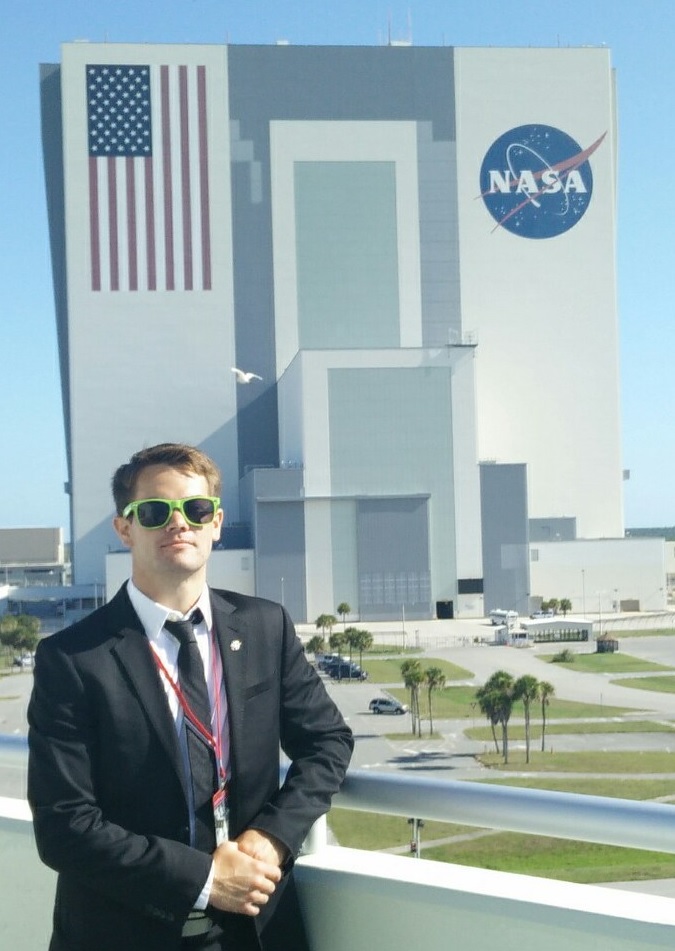Conor Cullinane
Massachusetts Institute of Technology
Introduction: Manned space flight necessitates an ability to provide life support to crewmembers during multiple mission stages, in the form of space suits. With concepts of advanced mobility for astronauts that contain exosuits and jetpacks, it is important to consider the current limitations present in the underlying human-SSA system and how these can be mitigated to aid future mobility needs. The proposed model based engineering framework and operational evaluation will permit the extension of exploration capabilities through a systems engineering process that facilitates maintainability and upgradeability while reducing the costs associated with integration and testing of design modifications. This research will couple finite element (FE) and musculoskeletal modeling in a Computational Exosuit Design and Analysis Pipeline (CEDAP), and use this framework to evaluate operational performance sensitivity to parameter changes.
Problem Statement: There are currently no high fidelity models that attain accurate representations of both a human operator and wearable system. Enabling synergistically integrated SSA designs that augment performance requires a tool to evaluate dynamic mobility and agility of the human-SSA system, in particular the underlying human movements that generate the suit motions, the surface interaction forces and deflections, and the corresponding joint torques.
Research Plan: Computer-based modeling provides a method to perform iterative analyses that would typically incur enormous costs through manufacturing and testing of physical components. Inclusion of the human-SSA interactions in the design process systematically drives the design to incorporate human factors from the start, reversing the conventional process of mechanical design followed by an evaluation of the resulting impact on the operator.
Aim 1: Application of FE and musculoskeletal modeling to the integrated human-SSA system.
Aim 2: Validation of the CEDAP with component level and human-SSA experimental data.
Aim 3: Evaluation of operational performance sensitivity to changes in User Inputs/Tier 1 models.
Technical Approach: The proposed effort will address the project aims by implementing a multi-tiered model framework that accepts inputs of operator anthropometrics, kinetics, and kinematics, as well as specific SSA geometry and environmental parameters such as ground inclination. Using FE models (FEM), the human-SSA system interaction forces and surface deflections are determined. A musculoskeletal model is used to calculate joint torques for a set of given motion, muscle recruitment relationships, and FE outputs. The suited and un-suited conditions in the musculoskeletal model can be directly compared. We integrate a computational solid mechanics analysis of the human-SSA interaction with a musculoskeletal model to determine the performance characteristics of both the human and human-SSA system.
Impact: The proposed framework enables an iterative model based engineering design process for complex synergistic human-SSA systems with applications to healthcare exercise and rehabilitation wearables, military tactical suits, and aerospace SSA technologies. In particular, this research evaluates and designs the human-SSA interface to improve astronaut mobility and agility, which may increase crewmember performance.
























